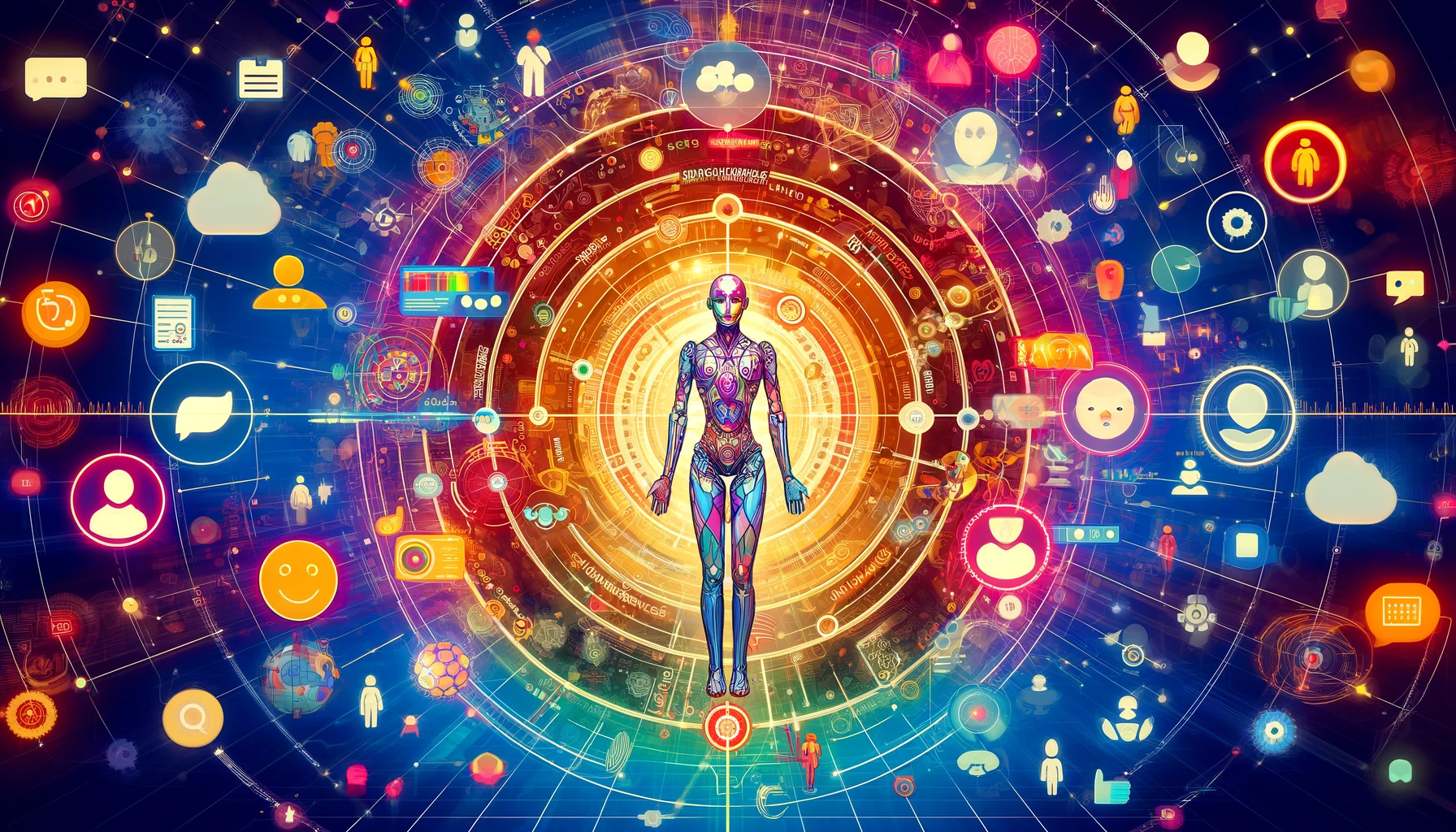Key Points
1. The paper introduces an interactive learning method, SOTOPIA-π, which aims to improve the social intelligence of language agents through a training method that leverages behavior cloning and self-reinforcement on filtered social interaction data. The method allows a large language model (LLM) to reach social goal completion ability, improve safety of language agents, and maintain general question-answering ability.
2. SOTOPIA-π leverages GPT-4 to automatically generate new social tasks, collects data from expert and agent policy for training, and updates agent policy based on positive data rated by GPT-4. It involves training paradigms like behavior cloning and self-reinforcement. The training method is shown to improve the performance of language agents in multi-turn interaction capability under realistic social scenarios beyond verbal communication.
3. The paper emphasizes that machine social intelligence is crucial for productive human-machine interaction and outlines the existing limitations of LLMs in various aspects of social intelligence and human-like social decision-making abilities. It aims to bridge the gap and empower LLM agents to navigate social situations with human-like social decision-making abilities and values.
4. It discusses the training and evaluation of agent models, the impact of SOTOPIA-π on other capabilities of language agents, and the effectiveness of using LLM ratings as a learning signal to improve the social intelligence of language agents.
5. The paper addresses research questions related to the improvement of social goal completion ability and the overall social intelligence of language agents, the effectiveness of LLM rating as a proxy to human rating for training social intelligence in language agents, and how training with SOTOPIA-π influences other capabilities of language agents.
6. It demonstrates that SOTOPIA-π significantly improves social goal completion ability and overall social intelligence, while uncovering difficulties in LLM-based evaluation of social intelligence and the limitations of relying solely on LLM-based evaluation for optimizing or evaluating language models.
7. The paper presents insights into improvements in safety, reduction of toxicity of language models in social tasks, and the preservation of the original question-answering ability of the models. It also discusses improvements on other social dimensions and the comparable performance of the trained agent models to the expert model.
8. It delves into specific experiments and findings related to the behavior of language agents under various social tasks, the improvements on different dimensions when compared to the base model, and the outcomes of the MMLU evaluation on the agent models.
9. The paper outlines future research directions and potential areas of improvement for the SOTOPIA-π method, considerations for continual fine-tuning and safety evaluation of language models, as well as discussions about potential social biases and anthropomorphism. The research acknowledges potential biases introduced by using LLM for evaluation and suggests future research areas.
Summary
SOTOPIA-π Interactive Learning Method
The paper proposes an interactive learning method, SOTOPIA-π, to improve the social intelligence of language agents, addressing the gap in existing research on building language agents. The proposed method leverages behavior cloning and self-reinforcement training on filtered social interaction data to improve the social intelligence of large language models (LLMs). The study demonstrates that training with SOTOPIA-π enables a 7B LLM to reach the social goal completion ability of an expert model (GPT-4-based agent) while enhancing the safety of language agents and maintaining general QA ability on the MMLU benchmark. However, the study also identifies difficulties in LLM-based evaluation of social intelligence, showing that LLM-based evaluators may overestimate the abilities of language agents trained specifically for social interaction.
Challenges and SOTOPIA-π Method
The paper discusses the importance of machine social intelligence and the challenges faced by LLMs in various aspects of social intelligence, such as theory of mind, following social norms, and navigating diverse goal-driven social scenarios. The proposed SOTOPIA-π method is inspired by human social learning and aims to improve the social intelligence of language agents through interactive social conversations. The method uses GPT-4 to automatically synthesize new social tasks and collects interaction data for training.
SOTOPIA-π Effectiveness and Evaluation
The study shows that SOTOPIA-π improves the social goal completion ability of language agents and maintains general QA ability. The evaluation of the trained models through human judgment reveals improvements in safety and reduces the toxicity of language models in social tasks. Furthermore, the paper outlines the potential biases introduced by using LLM as an evaluator for the SOTOPIA-EVAL, and discusses the limitations of GPT-4-based evaluation. The research highlights the importance of developing alternative evaluator models that can robustly evaluate social interaction in language agents.
Influences and Future Directions
The study also discusses the influences of SOTOPIA-π on other capabilities of language agents, such as the ability to navigate novel social situations and the influence on the Massive Multitask Language Understanding (MMLU) benchmark. The findings reveal improvements in engagement, safety, persuasion ability, and the preservation of general question answering capability. Moreover, the paper outlines the potential future directions for improving the proposed interactive learning method and suggests areas for further research.
Reference: https://arxiv.org/abs/2403.08715
